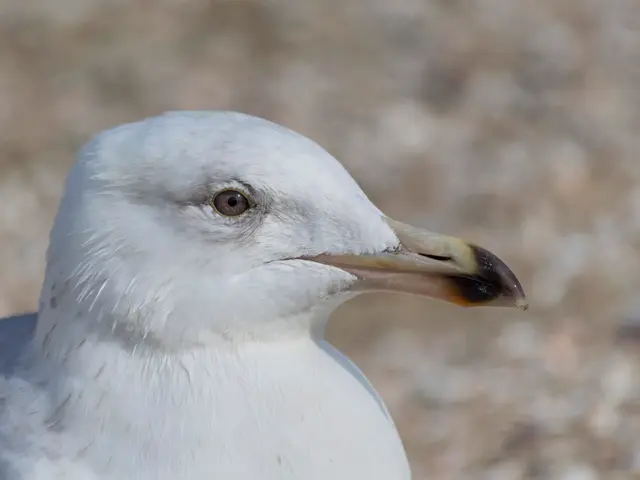Iceland's Historic Turf-Roofed Dwellings
Exploring photos of Iceland, those quaint turf abodes will definitely catch your eye. Absence of trees in Iceland pushed inhabitants towards turf as a building material back in the day, and these thick turf walls were perfect to fend off the cold. These homes were commonplace in Iceland, but due to their high maintenance requirements, only a few remain standing.
Turf dwellings might seem like a relic of the past, but they're not that distant in history. In 1910, half the Icelandic population lived in turf homes. As urbanization spread and Reykjavik expanded (there wasn't much space for turf homes there!), the numbers dwindled. By 1960, there were only 234 inhabited turf homes left in Iceland, with most of them deserted in the following decade.
Most of the remaining turf houses can be found with Þjóðminjasafn Íslands - the National Museum of Iceland and part of their Historic Buildings Collection housed at Árbæjarsafn in Reykjavik.
However, there are still some well-preserved turf houses scattered across Iceland, many transformed into museums to give visitors a feel of Iceland's recent history. For instance, Núpsstaður in West Skaftafellssýsla boasts one of the few remaining turf churches in Iceland.
There's also the turf farm at Bakkagerði in Borgarfjörður Eystri, complete with authentic turf walls and a charm that freeze-frames Icelandic life in the past. And let's not forget Hofskirkja church in Öræfi, tucked away in scenic beauty with its sturdy turf construction standing tall.
Keep in mind that not all of these locations have exactly remained the same as they were originally. Some, like the reconstructed turf farm featured in Paradisarheimt, were built specifically for filming purposes as part of a movie set.
If you're interested in Icelandic turf houses, it's recommended to visit the National Museum or the Cultural Heritage Agency of Iceland for updated insights on conservation projects and historical records. These organizations work tirelessly to preserve and share the unique architectural heritage of Iceland.
The National Museum of Iceland houses many well-preserved turf homes as part of their Historic Buildings Collection. Nupsstaður in West Skaftafellssysla has one of the few remaining turf churches in Iceland. The turf farm at Bakkagerði in Borgarfjörður Eystri is another example, complete with authentic turf walls. Hofskirkja church in Öræfi, with its sturdy turf construction, is tucked away in scenic beauty. While some locations may have been reconstructed for filming purposes, visiting the National Museum or the Cultural Heritage Agency of Iceland can provide updated insights on conservation projects and historical records, helping to preserve and share the unique architectural heritage of Iceland.






